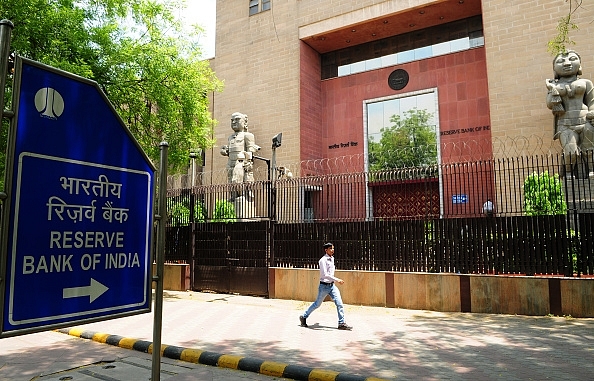
How DeMo Benefited The Indian Economy, According To RBI
A year after DeMo was announced, the RBI has come out with a paper analysing its impact on the financial sector.
Here are nine positive changes the DeMo exercise has brought about.
Reserve Bank of India (RBI) Governor Urjit Patel had completed only two months in office when Prime Minister Narendra Modi announced demonetisation (DeMo) on 8 November last year. Eighty seven per cent of the currency in circulation (CIC) at the time ceased to be legal tender.
The Prime Minister was obviously the primary target of the critics of notebandi. After him, if anyone got the most blame for DeMo, it was the RBI governor. RBI’s autonomy and independence as an institution came under scrutiny. Y V Reddy, former governor of the central bank, said, “the role of the central bank in our economy is under threat and it’s a national problem.” Former finance minister P Chidambaram, who himself was not on very good terms with RBI governors Y V Reddy and D Subbarao, also took a shot at Patel saying, “the governor allowed the government to encroach upon the central bank’s territory”.
The central bank became a butt of jokes when it repeatedly refused to reveal how much of the demonetised currency made its way back into the system, always giving the same reply that it was still counting.
However, the RBI does seem to have gained its autonomy to a large extent by differing with the centre and not cutting rates despite ample evidence in favour of such a move
Now, an year after DeMo was announced, the RBI has come out with a paper analysing the impact of DeMo on the financial sector. It lists nine changes the DeMo exercise has brought about:
First, the paper notes that there has been a significant shift in the income elasticity of currency demand in the post-demonetisation period to 0.9 from more than 1 in the pre-demonetisation period, which reflects a reduction in cash intensity in retail transactions. The trend has not reversed. On 27 October 2017, CIC was lower by eight per cent on year-on-year basis as against an increase of 17.2 per cent in the previous year and stood at 91 per cent of its pre-DeMo level. CIC as proportion of broad money was 12.3 per cent on 27 October compared to 14.4 per cent on 11 November last year.
Second, there was significant growth in bank deposits. The ‘excess’ (because of millions of new accounts) low-cost bank deposit growth, according to the RBI, was in the range of 3-4.7 percentage points.
Third, DeMo led to greater financial inclusion as five crore new Jan Dhan accounts were opened in the 11-month period from November 2016 to October 2017.
Fourth, the RBI estimates that the amount of unusual cash deposits through saving bank deposit, Pradhan Mantri Jan-Dhan Yojana, Kisan Credit Card, loan accounts, etc is in the range of Rs 1.6-1.7 lakh crore.
Fifth, the RBI notes that DeMo led to improvement in monetary transmission thanks to a surge in low-cost current account and saving account deposits. At a time when credit demand was low, excess liquidity forced banks to cut their marginal cost of funds based lending rate (MCLR). One-year MCLR has fallen by 80 basis points (bps) since DeMo. The medium term deposit rates also came down by 62 bps as shown in the chart below. The weighted average lending rate (WALR) of banks on outstanding rupee loans also fell by 50 bps.
Sixth, DeMo led to increase in mutual funds investment by households. As the paper notes, the assets under management by mutual funds increased from about Rs 17.5 lakh crore to Rs 21.4 lakh crore between end-October 2016 and end-October 2017.
Seventh, collections under life insurance schemes saw a huge jump. According to the paper, the cumulative insurance premium collections during November 2016 to January 2017 increased by 46 per cent over the same period of the previous year.
Eighth, there has been considerable improvement in digitisation of payments. RBI says prepaid payment instrument volumes increased by 54 per cent between November 2016 and August 2017, the transactions under the immediate payment service more than doubled during the same period. Other modes of digital payments also recorded great improvement.
Ninth, the paper notes that the rate of detection of fake currency notes rose to six pieces and 12 pieces for Rs 500 and Rs 1,000 notes, respectively, for every million pieces of notes processed – more than double from the pre-demonetisation period.
From the above data, it seems that DeMo did a lot of good to the economy. And all this is visible in the short term. There will be long term benefits too. As Harvard Economist Kenneth Rogoff said recently, it will be three-four years at least before we can pass conclusive judgement on the merits or demerits of DeMo.